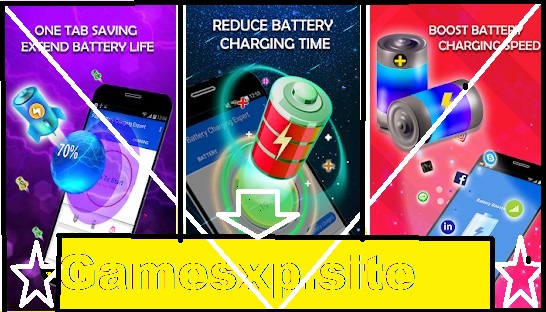Mobile Fast Charging – The Future of Smartphone Charging in 2025
Imagine a world where your smartphone charges from 0% to 100% in mere minutes. As we step into the future of technology, mobile fast charging promises to redefine how we power our devices. In just a couple of years, the landscape of smartphone charging will undergo significant changes. With advancements in battery technology and innovative charging solutions on the horizon, we’re gearing up for an exciting transformation.
In this blog post, we ll explore what 2025 has in store for mobile fast charging. From understanding different types of charging speeds to unveiling cutting-edge technologies that will revolutionize how we keep our smartphones energized, you’ll find everything you need to know about this electrifying topic. Buckle up as we dive into the future
The Future of Smartphone Charging in 2025
By 2025, smartphone charging will be faster and more efficient than ever before. Expect to see devices powered up in minutes rather than hours. This acceleration is driven by both hardware advancements and smarter software integration.
Innovative materials like graphene batteries could replace traditional lithium-ion cells, offering quicker charging times without compromising safety or longevity. These developments signal a shift towards not just speed but also sustainability.
Wireless charging technology will evolve significantly as well. Future smartphones may utilize ultra-fast wireless chargers that can transmit energy over short distances with remarkable efficiency.
Moreover, expect new standards for fast-charging protocols, allowing different brands to work harmoniously together. Interoperability will become the norm rather than an exception, making life easier for users everywhere.
As we look ahead, convenience paired with blazing speeds promises a thrilling future for how we keep our devices alive and connected throughout the day.
Charging speed comparison
Charging speed has come a long way. Today’s smartphones boast impressive capabilities, and understanding these speeds is essential for users.
Standard charging often hovers around 5 watts, providing a slow but steady power boost. It works fine overnight or when you have time to spare.
Fast charging takes it up a notch, typically ranging from 15 to 25 watts. This means your phone can go from empty to about 50% in just half an hour.
Quick charge technology outshines the rest with its ability to deliver upwards of 30 watts. Some brands even push boundaries beyond this limit.
As competition heats up among manufacturers, we can expect faster options on the market soon. These advancements will reshape how we view battery life and daily usage patterns.
Understanding these distinctions empowers consumers to make informed choices as they navigate their smartphone needs.
Quick charge vs fast charge
When it comes to charging your smartphone, the terms “quick charge” and “fast charge” often get tossed around. But they aren’t synonymous.
Quick charge typically refers to a specific technology developed by Qualcomm. It allows devices to draw more power in shorter bursts, reducing overall charging time significantly. This means you can get up to 50% battery in just about 30 minutes under optimal conditions.
On the other hand, fast charging is a broader term that encompasses various technologies from different manufacturers. Each has its own protocols for increasing wattage without damaging the device’s battery health.
Understanding these differences helps users choose the right charger and cable for their needs. With advancements coming every year, staying informed ensures you’re not left behind as speeds improve further.
Safe fast charging
Safe fast charging has become a critical priority in smartphone technology. As devices charge more quickly, the risk of overheating and battery degradation increases
Manufacturers are implementing advanced safety features. These include temperature regulation systems and smart charging protocols that adjust power delivery based on real-time conditions.
Some brands utilize AI algorithms to optimize charging cycles, ensuring batteries last longer while maintaining peak performance. This intelligence helps prevent overcharging, which can be detrimental to battery health.
Additionally, many smartphones now come equipped with robust materials designed to withstand heat better than ever before. This evolution reduces risks during high-speed charging sessions.
User education is equally essential. Understanding how to care for your device—like avoiding extreme temperatures—can further enhance battery longevity and safety while using fast-charging technologies.



